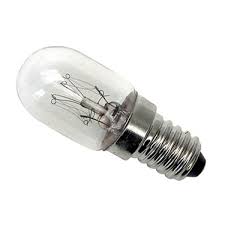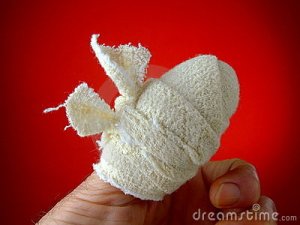Sewing away, if not merrily, at least busily, last night, I got a bit of a surprise. Before I explain, I ought to set the scene.
It has been a hot summer in Melbourne. As in I’m looking at the weather forecast and seeing a night coming up where the minimum temperature is forecast to be 30 degrees. That’s 86 degrees in the old speak, or American speak. It’s hot whichever way you look at it. My sewing space is a bunker – technically known as a store room – under the house. It has no windows, a door that doesn’t go all the way up and a low ceiling. It also catches the full heat of the north sun during summer, meaning that it is unbearably hot to be in there during the day. A mad rush finishing effort in the lead up to Christmas, spending 5 hours at the machines in 40+ degree heat confirmed that I need to sort out some other arrangements for hot weather. In the mean time, I try to restrict my time in the bunker to night times, and I only go down there for overlocking. It’s not ideal, but it does the job.
Except that my overlocker has also developed an issue. A while back, the light stopped working. It would flicker on and off for a while, but eventually it just went off and stayed off. I didn’t bother with replacing the globe, just adjusted a work lamp that I use anyway, and continued to sew. It wasn’t quite the same, but it did the job and didn’t need me to get out the screwdrivers to access the innards of the machine.
Last night I was overlocking the bottom edge of a very full skirt. I had layers of fabric flowing out the back of the machine, layers of fabric still waiting to be fed through, and I thought I felt a gentle thunk on the desk but ignored it while I finished the seam. I was focused on the leading edge of the fabric and not paying huge amounts of attention to anything else, really.
So it came as something of a shock when I finished the edge and moved the fabric, to feel something hard bundled into a middle of it. A little investigation revealed that it was the light bulb from the machine. Not what you expect to find but better than the spider that I found in my bedroom last week (another one of the perks of the Melbourne summer – hot nights and huntsman spiders). It had obviously stopped working because it had worked its way loose somehow, and finally the combination of gravity and sewing vibrations had been too much for it. Given that it’s a screw-in job, I’m curious about how this could have happened, but at least I’m aware of it now and now that it took about 8 years of hard sewing to go the first time. Once I unscrewed everything and put the globe back in place, it worked perfectly once again so there’s clearly nothing actually wrong with it. If the machine is still in use 8 years from now, I might splurge and buy it a new globe anyway.


